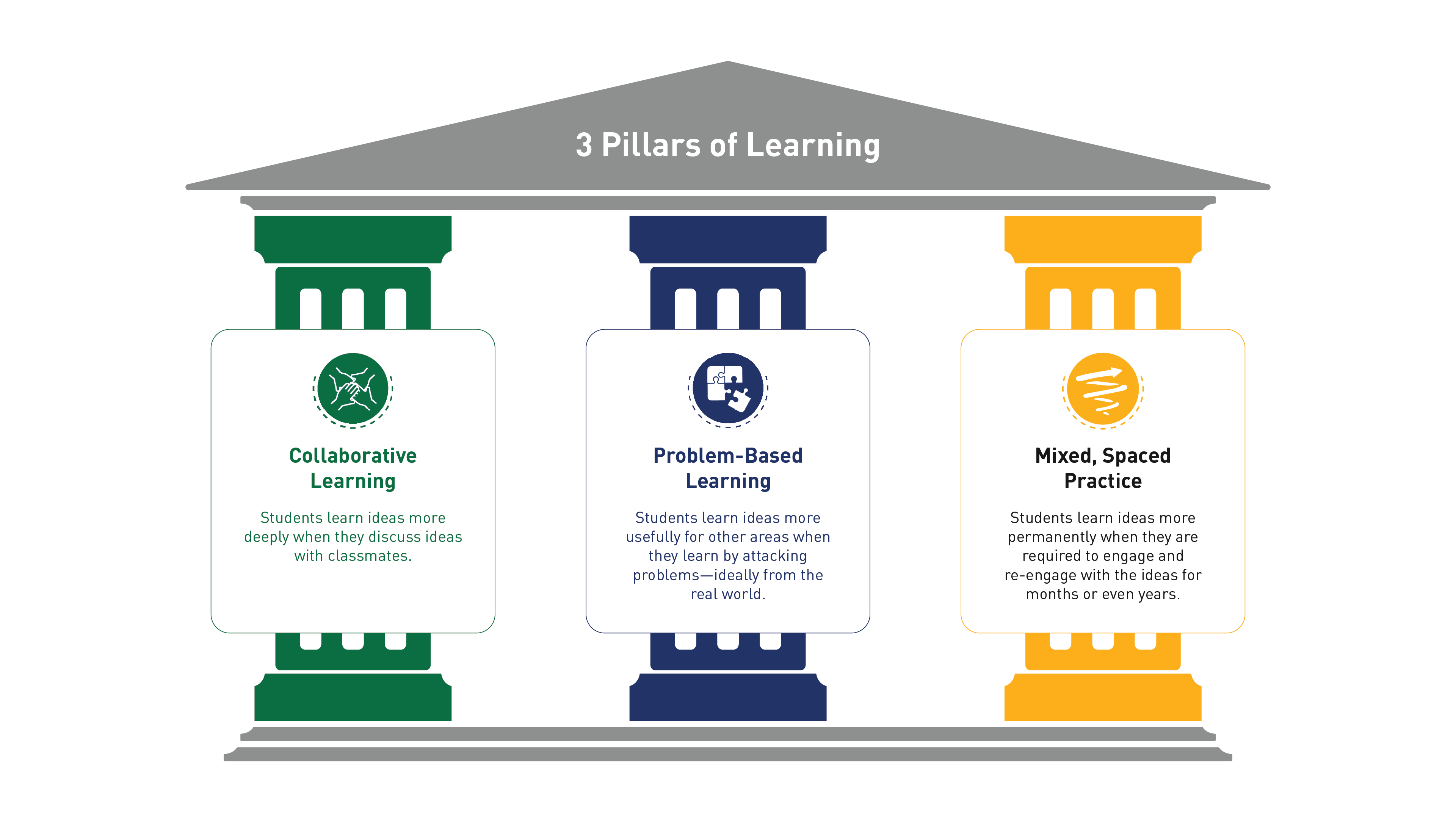CPM Educational Program provides both

*These pillars are reflected in current NCTM standards and research in mathematics education; what we know about their benefits for mathematics learning continues to deepen and expand but not shift.
Read the 2023 CPM Research Base Report (PDF)
Read the 2013 CPM Research Base Report (PDF)
Read the Original CPM Research Base Report (PDF)
CPM Educational Program, a California non-profit corporation, has provided problem-based instructional materials and professional development for teachers since its inception in 1989. CPM teaching strategies focus on how students best learn and retain mathematics. The research-based principles that guide the course are the following:






Read the complete EdReports Publisher Commentary for Core Connections, Courses 1-3 (PDF) and CPM’s response.
We invite you to read highlights from Ed Reports.org review of CPM Middle School Core Connections, Courses 1-3 (PDF).

We invite you to read the complete CPM Integrated Series EdReports review.
© 1989-2025 CPM EDUCATIONAL PROGRAM All rights reserved. CPM Educational Program is a 501(c)(3) educational nonprofit corporation.